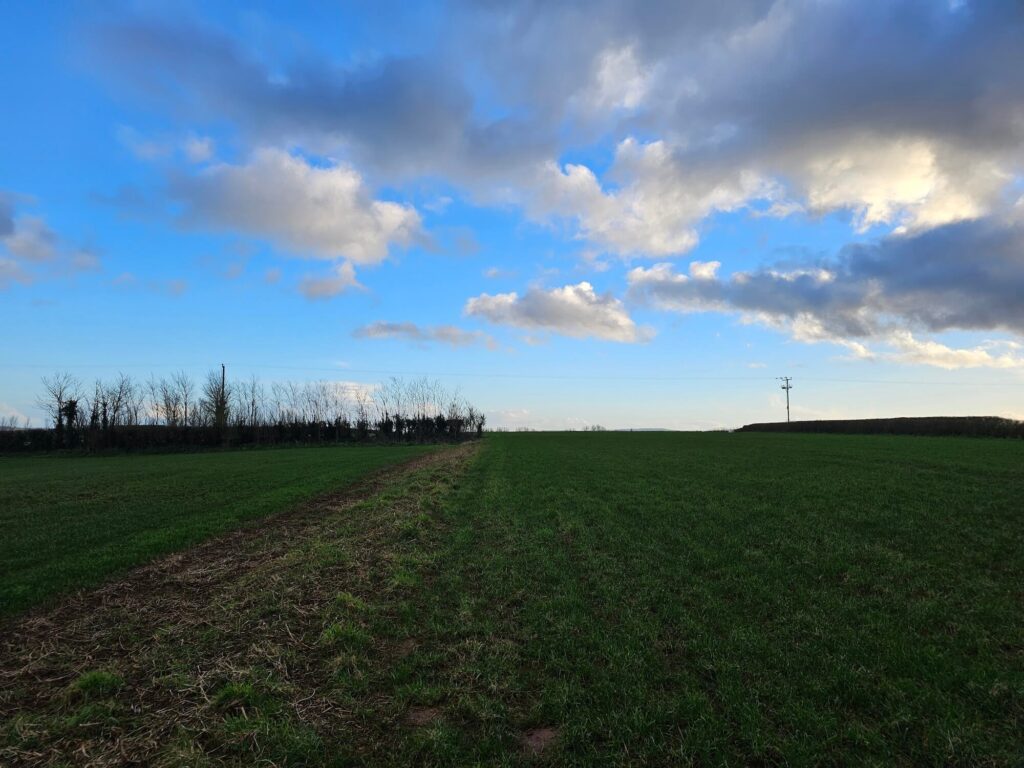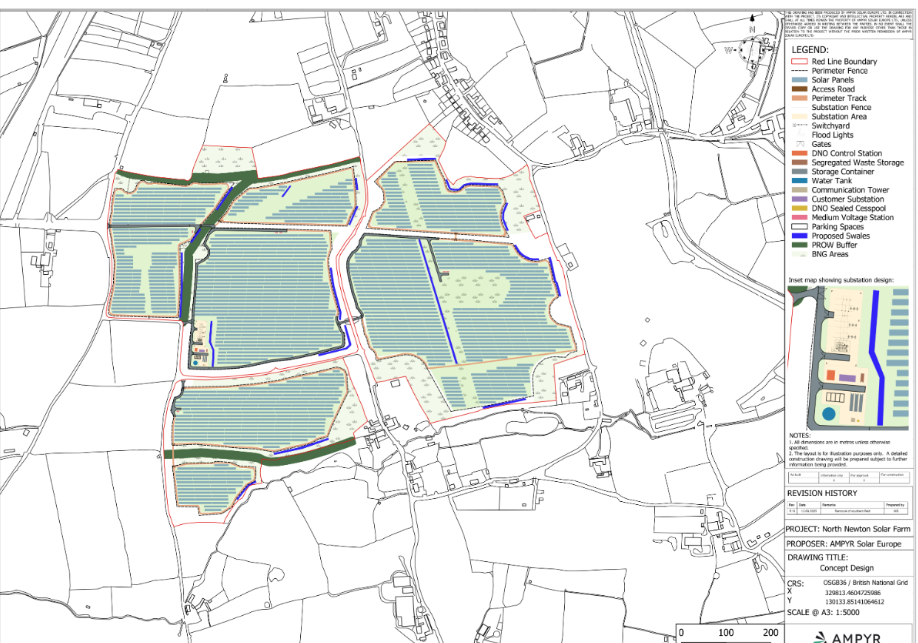How does the solar farm work?
Solar panels are a grid of photovoltaic (PV) cells that convert the sun’s energy into electricity.
In a solar panel, these PV cells are sandwiched between layers of a semi-conducting material – often silicone. When the sun’s photons hit the cells, their energy is transferred, creating an electric field – a phenomenon called the photoelectric effect.
The photoelectric effect produces Direct Current (DC) electricity, which is then passed through an inverter to convert it to the electricity that powers our homes – Alternating Current (AC).



